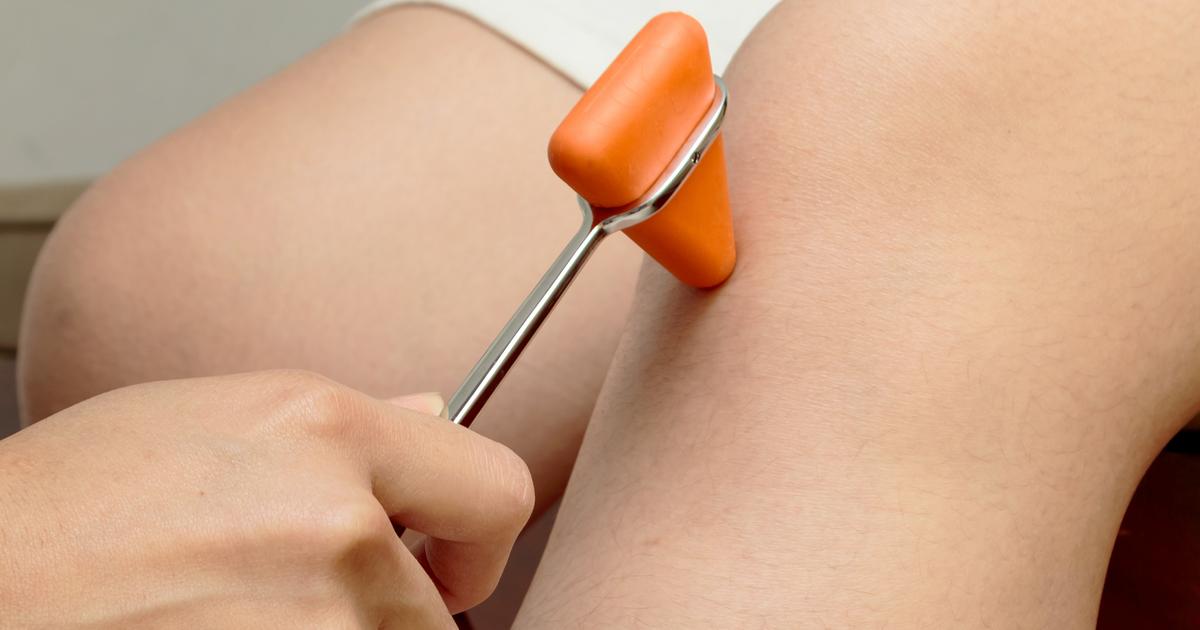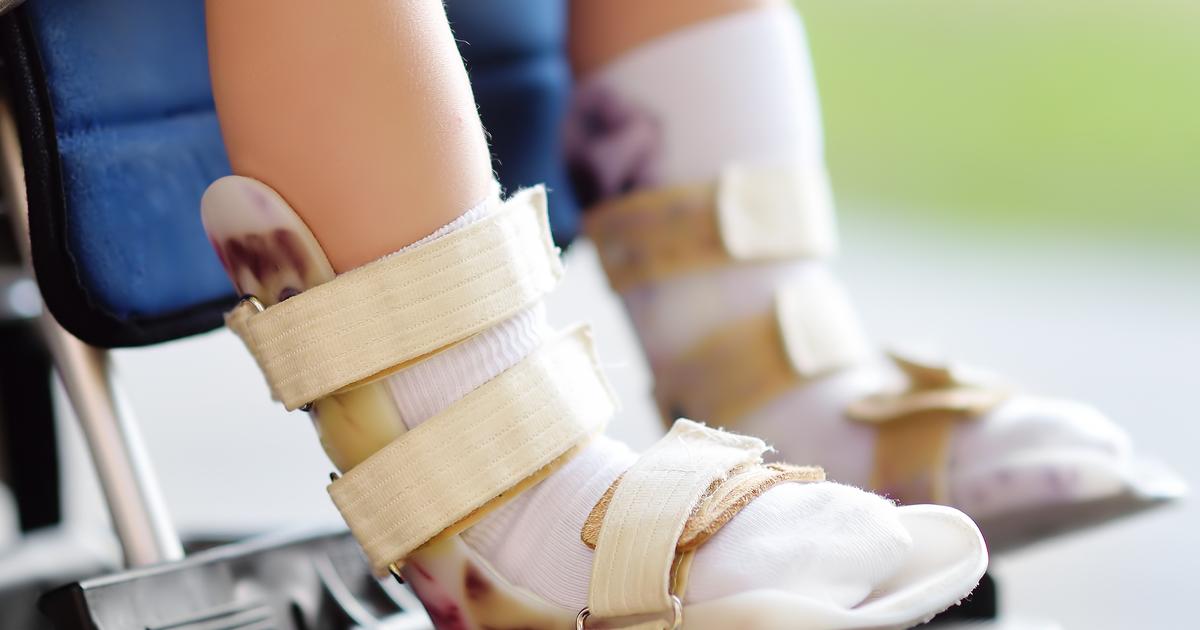Guide To The Symptoms Of Cerebral Palsy
Issues With Reflexes

Some cerebral palsy patients may have underdeveloped or absent reflexes. Others could display excessive reflexes that result in twitching movements and spasms. To test reflexes, doctors gently tap on certain areas of the arms and legs with a special device. They will check for the strength and speed of the reflex. They will also be looking for the presence of any lingering infant reflexes, including the palmar grasp reflex.
When their palm is touched, infants normally make a grasping motion with their hand. This reflex is expected to disappear sometime between four and six months old. If it is present after this time, it may be an indication of cerebral palsy. Doctors will also check for other lingering infant reflexes such as the placing reflex, Moro reflex, and spinal gallant reflexes. Patients will need to have their reflexes checked periodically to monitor any changes.
Involuntary Movements

Dyskinetic cerebral palsy can cause a variety of involuntary movements. Some individuals may have quick and jerky twitches in the face, arms, or legs, though others may have slow or writhing movements. Tremors of the hands are common, and affected individuals may struggle to pick up utensils. Patients whose facial muscles are affected may drool, and problems with eating and speaking are often observed. Involuntary movements of the legs could make it difficult to stand or to sit still for long periods. The involuntary movements associated with this condition are permanent, but they do not get worse with time.
Speech therapy can help patients improve their ability to swallow and eat. Occupational therapists can provide individuals with adaptive devices that could make it easier to hold utensils steady. Since involuntary movements can indicate numerous medical conditions, parents who notice their children are displaying any of these signs should ensure they get a prompt medical evaluation. It can be helpful to keep a journal that documents the child's movements and the affected body parts. Video footage of the involuntary movements could help in the diagnostic process as well.
